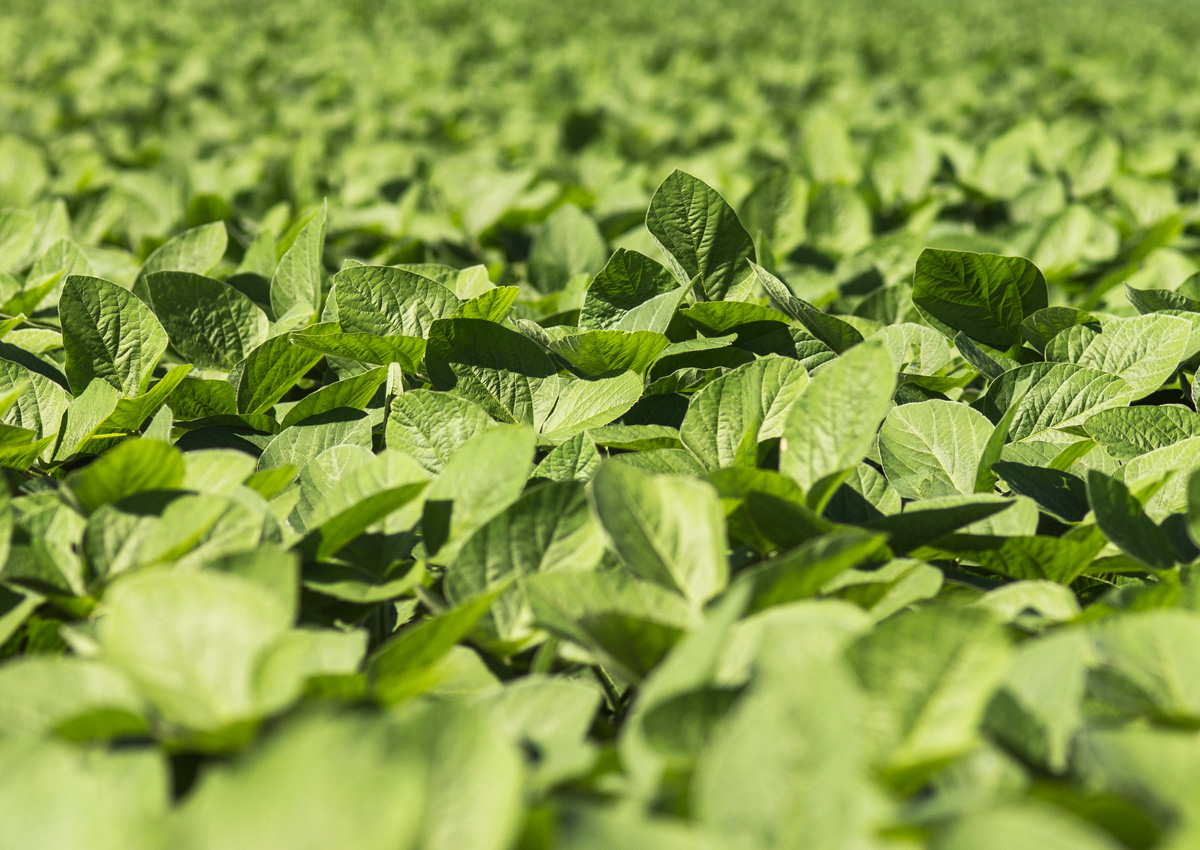
International Research Team Discovers How Plants Shut the Door on Infection
September 9, 2020| |
Plants safeguard themselves against pathogens by closing their pores. Until now, this mechanism has not been fully understood. Scientists have known that a flood of calcium into the cells surrounding the pores triggers them to close, but how the calcium entered the cells was unclear.
An international research team has discovered the key immune system protein in plants. The researchers reveal that a protein called OSCA1.3 forms a channel that leaks calcium into the cells surrounding a plant's pores, and they determined that a known immune system protein triggers the process.
To find the protein, lead author, Cyril Zipfel, a professor of molecular and cellular plant physiology at the University of Zurich and Senior Group Leader at The Sainsbury Laboratory in Norwich, searched for proteins that would be modified by another protein named BIK1, a necessary component of the immune calcium response in plants. When exposed to BIK1, the protein OSCA1.3 transformed in a very specific way that suggested it could be a calcium channel for plants. They found that BIK1 only activates when plants get infected with a pathogen, which suggests that OSCA1.3 opens a calcium channel to close stomata as a defensive, immune system response to pathogens.
For more details, read the article on the University of Maryland website.
| |
You might also like:
- How do Plants Fight Bacterial Infection?
- Genes that Resist White Rust Pathogen Found
- Salk Scientists Discover Unusual Immune Response of Plants to Bacterial Infection
Biotech Updates is a weekly newsletter of ISAAA, a not-for-profit organization. It is distributed for free to over 22,000 subscribers worldwide to inform them about the key developments in biosciences, especially in biotechnology. Your support will help us in our mission to feed the world with knowledge. You can help by donating as little as $10.
-
See more articles:
-
News from Around the World
- 3rd Asian Short Course on Agri-biotech, Biosafety Regulation, and Communication
- ISAAA Kicks Off Discourses on Regulatory Approaches for Animal Biotech
- Kenyan Scientists Embark on Synthetic Biology Research
- US EPA Proposes to Ease Up Regulations on Certain Biotech PIPs
- Australian OGTR Receives License Application for Field Trial of GM White Clover
- Plant Protein Discovery to Help Plants Tolerate Climate Change and Reduce Need for Fertilizers
-
Research Highlights
- International Research Team Discovers How Plants Shut the Door on Infection
- Meta-analysis Investigates Effect of Bt Crops on Soil Invertebrates
-
Plant
- Scientists Publish qPCR Method for Commercial Gene-Edited Canola
- New Bicistronic TALENs Enhance Genome Editing
- Study Shows OsCRS2 Vital for Chloroplast Development in Rice
-
Health
- Most Comprehensive Map of SARS-CoV-2 Genomic Structures Now Published
- Nigerian Scientists Identify Seven Lineages of SARS-CoV-2
-
Read the latest: - Biotech Updates (December 17, 2025)
- Gene Editing Supplement (December 17, 2025)
- Gene Drive Supplement (February 22, 2023)
-
Subscribe to BU: - Share
- Tweet

